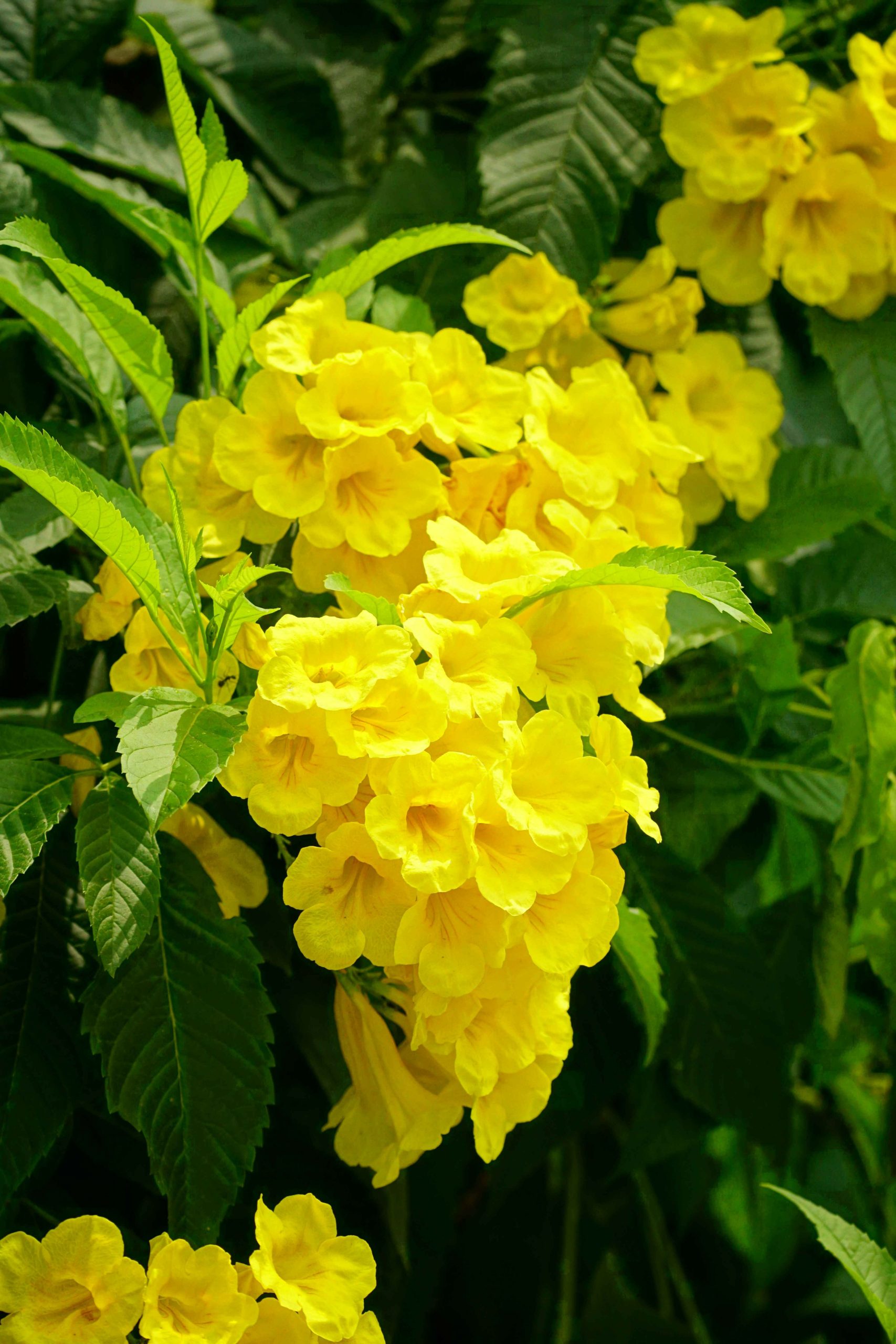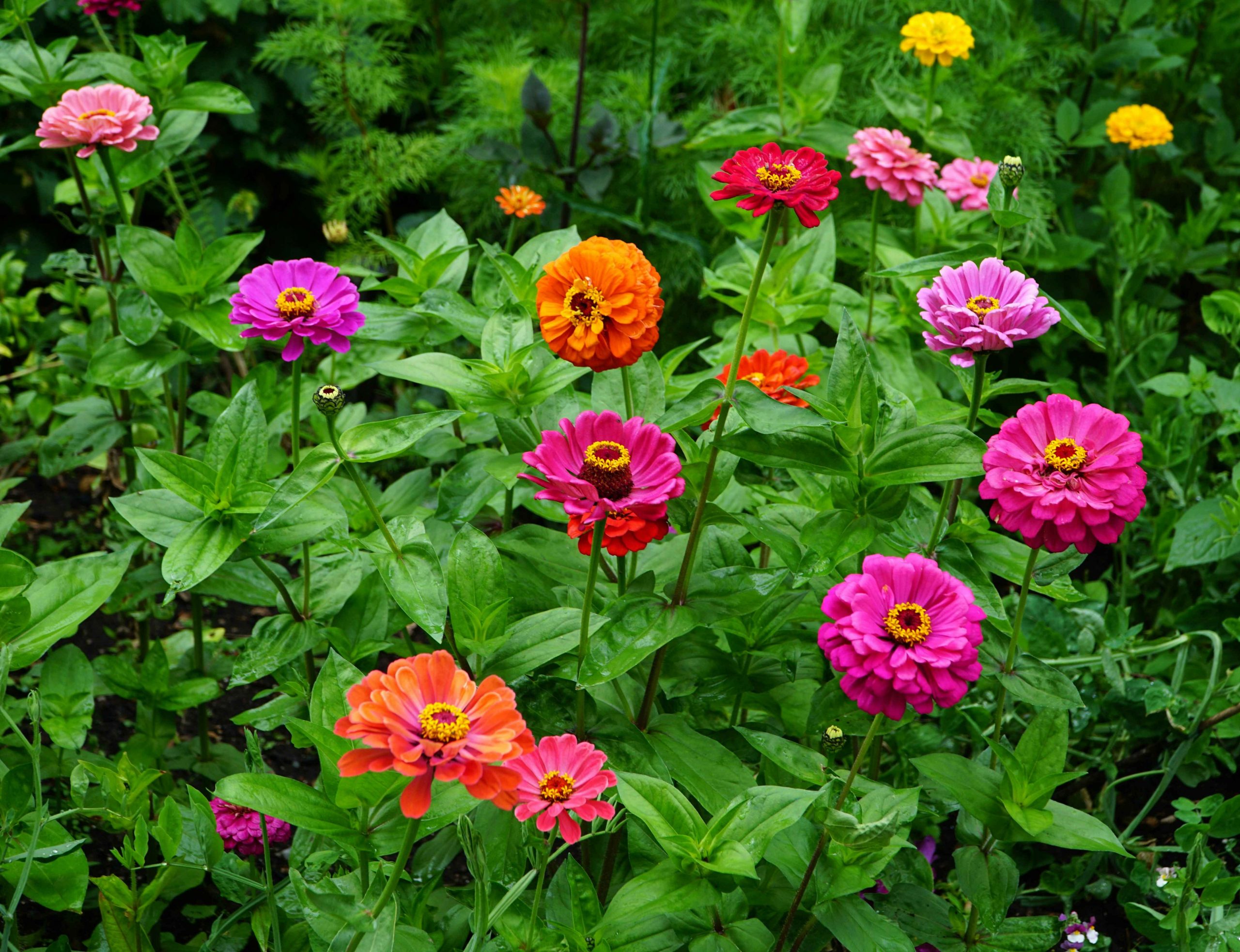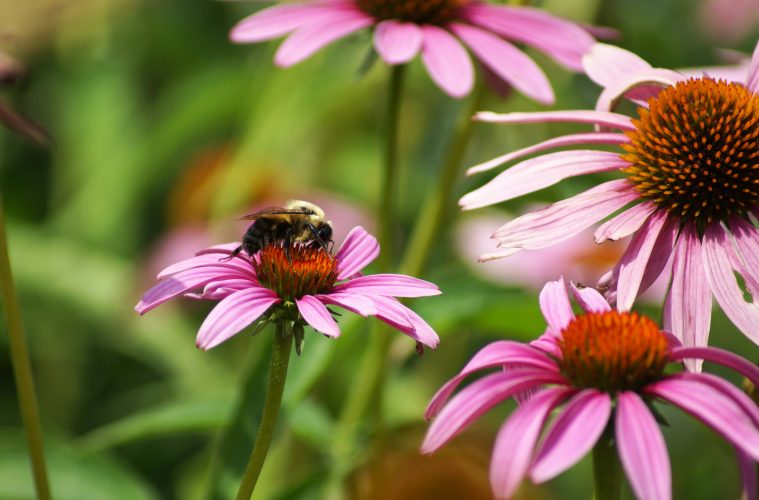When everything is in bloom in the spring and summer seasons, it is a joy to watch wildlife enjoy the cluster of flowers in your garden. The pollinators buzz between plants to feed on nectar and collect pollen. However, this beautiful sight can be ruined by selecting the wrong plants for your pollinators. In fact, there are some of the worst plants for pollinators that should be avoided if you intend to create a pollinator-friendly garden.
Three worst plants for pollinators
Although most plants and flowers are beautiful to look at, some may just not work for your pollinator-friendly garden. These worst plants for pollinators aren’t rich in nectar, or the pollen may be toxic, and the flower heads may be a bit more complex for your pollinators to navigate. These are the three plants to avoid cultivating in your garden if you are trying to attract pollinators.
1. Rhododendrons
Even though rhododendrons are rich in nectar, these flowers often contain a lethal toxin to honeybees and some other pollinating insects. When bees consume nectar in these plants, it can actually lead to the production of what is known as mad honey. It may be a stunning bloom in your garden with its bright pink flowers, but the rhododendron makes the list of invasive plants to avoid growing in your garden.
2. Yellow jessamine
Although beautiful, bright yellow flowers that do attract the attention of a number of beneficial insects, yellow jessamine flowers contain a toxin that can be harmful to a number of pollinators. The flowers contain toxins called alkaloids, which are harmful to pollinators, potentially killing them and other animals that consume them. These poisonous flowers are therefore better to avoid in your wildlife garden. It may even cause harm to your curious pets who decide to nibble at it.

Image Credit: Unsplash
3. Cucurbits
Not a flower but a kitchen garden plant. You may find it surprising to think that it may cause harm to pollinators. But the cucurbit family plants can actually cause some harm to many pollinating insects. It may be toxic to pollinators if their nectar is consumed in large quantities.
ALSO SEE: BEST PLANTS TO DRAW NIGHTTIME POLLINATORS IN YOUR GARDEN
Three alternatives to go for
There are many great alternatives for pollinators that you can grow in your garden. You can also choose container plants that attract pollinators, as well as specific flowers that draw bees and other known pollinators.
1. Lavender
No garden is complete without lavender; these purple-flowered perennials know how to make a statement in the garden. Bees, butterflies and even wasps will certainly appreciate these beautiful, perennial plants. Your garden will be rewarded with beautiful flowers and a garden alive with buzzing, fluttering insects.
2. Zinnia flowers
Zinnias are a bright and showy annual plant with large flowers and a huge range of colours. Just the perfect alternative to bring pollinators to your garden. They are a great food source for bees and hoverflies, and can brighten up any garden.

Image Credit: Unsplash
3. Coneflower
Coneflowers are a great plant for a wild pollinator garden, creating stunning dimension to their flowering display. The seeds from these flowers are a high-energy snack for many birds as well. You definitely enjoy these flowers around this late spring when they start to bloom, and pollinating visitors will flock in abundance.
ALSO SEE: HOW TO SUCCESSFULLY GROW HONEYSUCKLE
Feature Image: Unsplash

